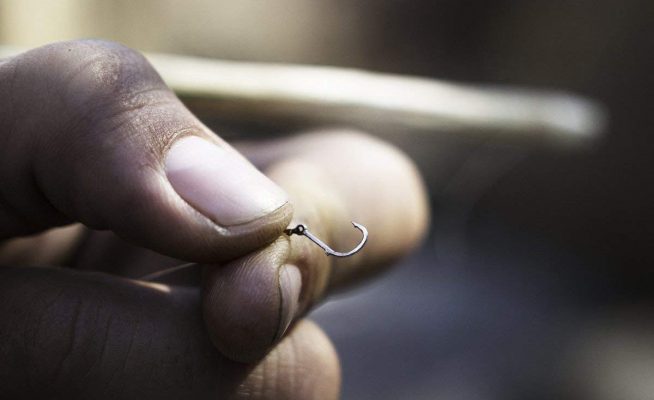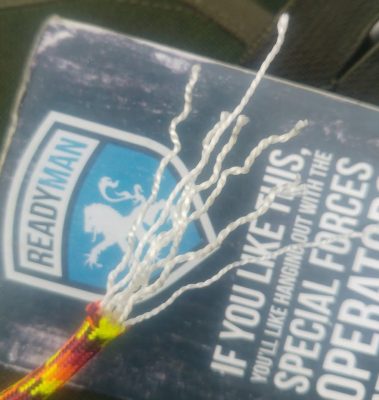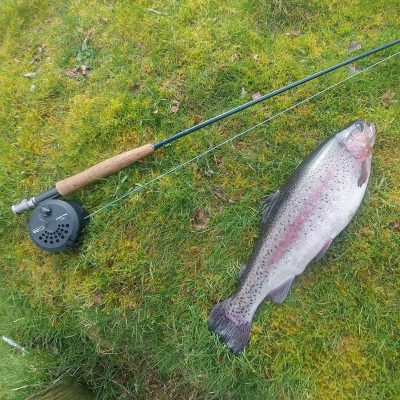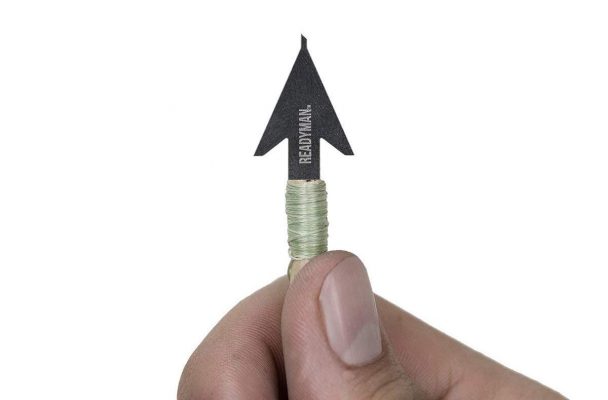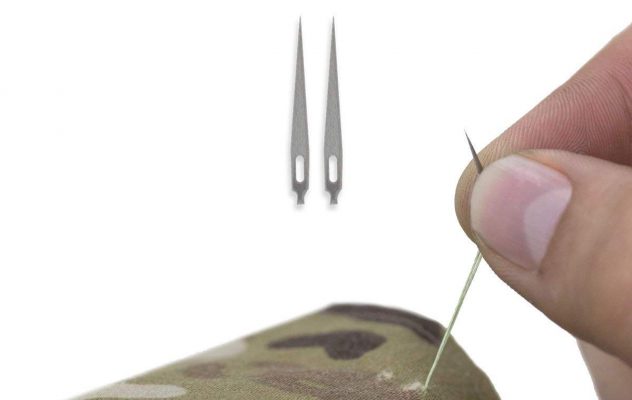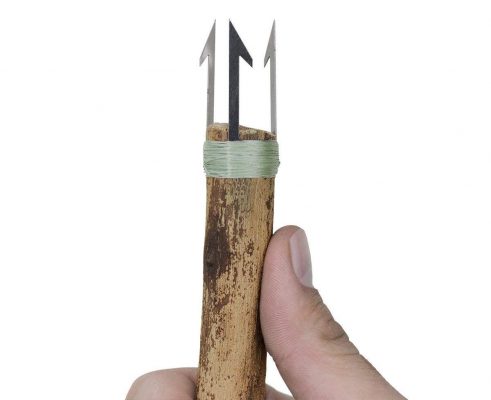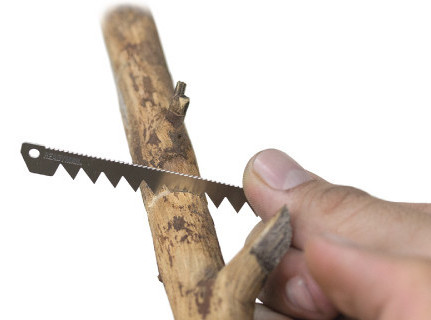Survival cards are extraordinarily helpful survival tools and are almost invisible with their credit card-sizing and lightweight feel. But they do have some very real applications for food and survival when you are in the wild.
As a survivalist myself, I have always ignored the use of survival cards, considering that they’re just flimsy survival gadgets that don’t help at all. However, recently I have started using them outdoors and have found that they can be used to make some very functional tools for catching food, hunting, and bushcrafting.
Whether you are looking for food, shelter, or as a method of defense, survival cards do that and much more, as you will see in this post on the 5 things you can do with a survival card.
What was the best survival card I chose to use?
I chose to use a survival card from ReadyMan, as I have found that they have the widest range of survival-scenario cards that come with varying purposes.
Many of their cards are multifunctional kits, however, if you are someone that enjoys experimenting with survival gear (like me) then ReadyMan has those extra survival cards that can be catered to making a heavy duty ax, or for more sturdy wilderness tools.
For the majority of this post, I chose to stick with the ReadyMan Wilderness 2.0 Survival Card, as it had a lot of practical features that I enjoyed, and comes with good fishing equipment, which, as you will see, was great to use.
This survival card was also at the top of my list of choices as it isn’t too expensive. All too often I find I am trying out new survival gear that is just too expensive for the purpose it delivers, and is equally matched by much more affordable options, so the sub-$15 price tag for this sturdy survival card was something that attracted me, as well as so many others that have used it.
I am thinking you are already here to see what you can actually do with something that fits in your wallet, so let’s get into it.
What can you do with a survival card?
A survival card, by my definition, is a set of essential tools that help you survive, and fits easily in your pocket so that you don’t know it is there until you absolutely need it.
I consider survival cards to be single-use items, although some of the parts of the ReadyMan survival card I kept with me in my survival gear, as I found it repeatedly useful in different circumstances.
The contents of this card survival kit comes with fishhooks, arrowheads, snare locks, awl, sewing needles, saw blades, and tweezers. So let’s put them into use.
1. The survival card’s fishing kit
Any survivalist knows that once you have found water in the wild | 404, there’s going to be food either in it or around it. If there’s food around it, then it is probably going to have to be hunted, but more on that later as we have our arrowheads for that.
If you are absolutely thrown into a survival situation (god forbid), and you really are stuck in the wild, your first concern is most likely going to be finding water. Of course, if it is snowing so hard that even polar bears are cold, you are going to want to source some shelter, otherwise, you are going to freeze to death | 404. With that shelter will come a fire, which you would have to make for warmth.
But assuming temperatures are moderate, and you have something over your head to stop the sun form cooking your brain and dehydrating you, then your first priority is water. Once you have found that, you’re going to need to some energy to keep you going so that you can trek your way out of your lost position.
I am sure a big fish would help in that sort of situation. Which is why the first tool on our survival card agenda is a nice set of sharp fishing hooks.
Don’t get me wrong when I say the survival card is all you need, as it doesn’t have a rod or a line, so you’re going to have to bring your thinking bean along for this one as well. If there’s any water reeds, green-skinned trees, animal sinew or stinging nettle will provide you with thin strands that you can turn into strong fishing line. The best thing about the texture of those materials I just mentioned is that they can all be processed down to a thin line, and when doubled up, will create a very strong strand.
To find bait, start digging in the ground or sifting through the bushes. Chances are you might find worms, snails, basically anything sluggish that you can stick on your hook.
For the fishing part, when I tried the hooks out myself, I used spliced paracord that I brought myself (sorry, it doesn’t grow on trees). Using the spliced cord, I fixed the hook onto one end and, in line with the water depth (about one meter), I tied a floating stick at one meter from the hook. This stick acted as my bobble, so that the hook wouldn’t drag along the bottom and catch a tree route.
The paracord failed, but I did have my fishing rod as a backup, and was able to use these hooks to snag a pretty good fish.
While a telescopic rod would have been more tactical as a fold-up method for my backpack, next time I will be using a hand-reel, which still means I have excess line for construction and trapping, as well as something to fish with.
2. Survival card arrowheads for hunting and defense
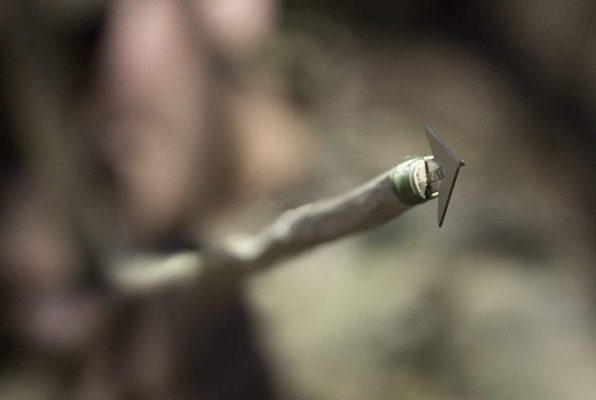
So you tried the fishing and you’re fat out of luck, but there’s a few animals lingering around the lake or river that you feel might look nicer if they were sitting over a fire. This is why survival cards have arrowheads, to help out the survivalist’s stomach.
Again, before you start using these you are going to have use your boy scout thinking cap and devise an option for string (if you don’t have any paracord). A type of binding with either string or soft tree sap that you can harden is necessary to hold arrowheads in place and to hold any tail guides in the arrow of the arrows you make ot give them a more tail-guided approach to their target.
Once you have got all of that set up you can consider yourself a prepared hunter. I found I was able to do a lot of the preparation work with the arrow shaft by using the survival card for the cutting and the skinning of the bark, as the card’s saw works surprisingly very well and can be used as a type of blade to skin the arrow shafts.
The most important thing when making arrows is to ensure you have a dead straight shaft. I have a certain type of bush near where I live that shoots dead straight branches, but they are quite lite. Finding something perfect is hard in the wild, but you always have to work with what you have got. However, if you had a bamboo tree nearby you’d be laughing, as they provide dead straight shafts and have a great moderate weight to them.
While I didn’t practice this on any animals, I was able to land quite a few well-placed arrows into trees, and the ReadyMan arrowheads worked very well in their ‘stick’ to the trees.
3. Survival card sewing needles
Sewing needles are a big bonus in a survival situation. They can be used to repair clothing, stitch clothing together to act as a sail, mend material together for tool purposes, or for medical purposes (if sterile) to pick out splinters or ticks, although the tweezers it comes with might be more beneficial for this.
The survival card comes with two very sharp sewing needles that are sturdy enough to puncture canvas. I feel as though they could easily puncture leather material as well, or any type of animal skin, should it need to.
4. Trident prongs for fishing and hunting
The trident prongs are one of my favorite applications of the survival card. Why? Because when it comes to fishing in small lagoons or shallow lakes, there is nothing more frustrating than waiting for a fish to come and bite your hook, especially when you know that a spear would do the trick much easier.
The trident section of the survival card has three flat blades that are fixed into the card. These three blades have jagged ends on them so as to make sure whatever you stab with your spear, it’s not going to slip off.
One great factor about the spear is that it has fix points on the metal as little holes. One of the sewing needles can fit through these so that you can ensure the trident tips are fastened to your spear.
Again, this practical tool just goes to show how much of a focus this survival card has on the must-have tools for survival for food gathering.
5. Survival card saw
This saw is absolutely strong. I had an inkling that it would be a fairly strong saw just from the strength of the survival card’s metal, but the saw uses a high-quality design that cuts very efficiently through most thicknesses of branches.
And I say branches as this saw is by no means meant to cut down a tree, so I would not review it in that capacity. But for what it is, it works really well.
I used this saw to primarily gather materials for the arrow shafts, and for when I made my spear. It uses a double-sided design for different size blades and is effective at sawing, as well as scraping off any dead skin from the branches, which I did for both my spear and arrow shafts.
This small saw is also a great tool for making small shavings of wood for a fire, so even if you might already have a lot of tools in your survival kit, there is always a use for one of the sections of this survival card.
Over to you…
I think the ReadyMan Survival Card has a lot of great applications in the wild, not just for survival situations but also for those of you that just like to have fun with new bits of equipment. It is also a great space-saver in the bag as it lets you cut down on so many tools that would otherwise add weight and size to your kit.
If you are like me and enjoy tinkering around with new survival gear, check out this survival card. A great idea, and one I will be doing, is adding this to any mini-survival kits I make for friend’s birthdays and gifts, as everyone should have one of these kept away in the glovebox of the car, or in their wallet.

